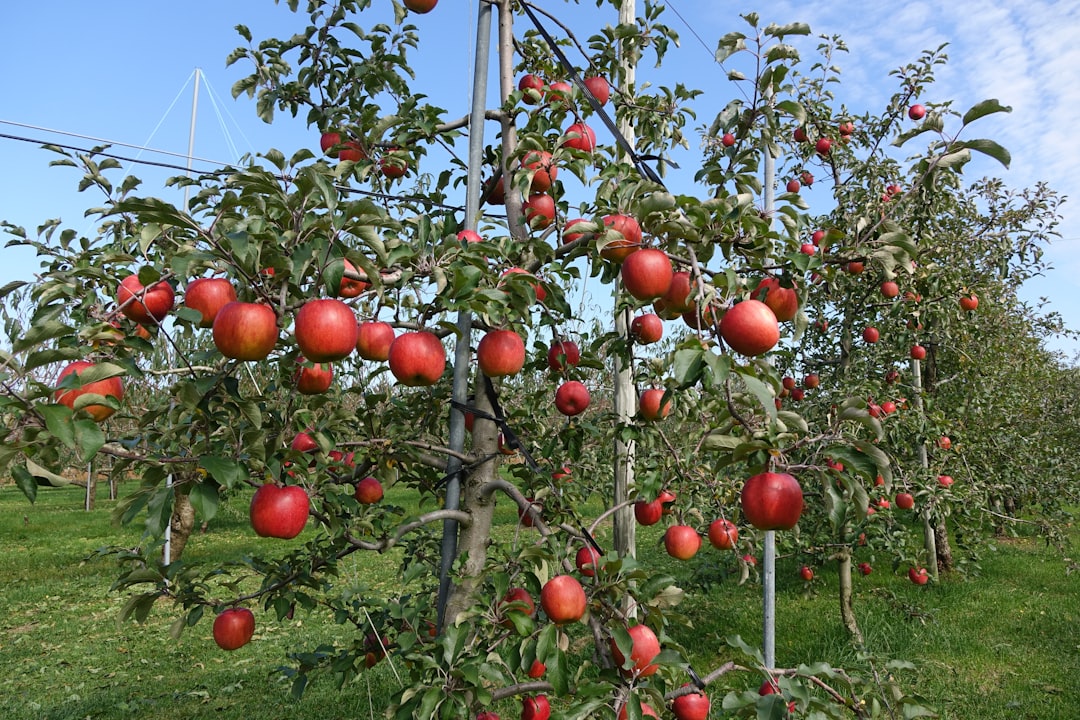Revitalize Your Lackluster Houseplants: Simple Ways to Promote Abundant Growth

Houseplants are not just decorative elements; they bring life and freshness into our living spaces. However, it's not uncommon for houseplants to start looking lean and lanky over time. The good news is that with a few easy - to - implement strategies, you can refresh your plants and encourage lush new growth.
One of the primary factors affecting the growth of houseplants is light. Most houseplants thrive in bright, indirect light. If your plant is looking leggy, it might be reaching out for more light. Assess the location of your plant. Is it near a window that gets enough sunlight? If not, consider moving it to a brighter spot. For example, a fiddle - leaf fig prefers a spot near an east - or west - facing window where it can get a few hours of gentle morning or afternoon sun. However, be cautious of direct sunlight, as it can scorch the leaves of many houseplants. If natural light is limited, you can also use artificial grow lights. LED grow lights are energy - efficient and can provide the right spectrum of light for plant growth. Place the grow lights about 6 - 12 inches above the plants and keep them on for 12 - 16 hours a day.
Proper watering is another crucial aspect of houseplant care. Overwatering or underwatering can both lead to poor growth. Different plants have different water requirements. For instance, succulents and cacti prefer dry soil and should be watered sparingly. On the other hand, tropical plants like peace lilies need more consistent moisture. To determine if your plant needs water, stick your finger about an inch into the soil. If it feels dry, it's time to water. When watering, make sure to water thoroughly until water drains out of the bottom of the pot. This helps to flush out any accumulated salts and ensures that the entire root system gets hydrated.
Fertilization is essential for providing the necessary nutrients for plant growth. During the growing season (usually spring and summer), most houseplants benefit from regular fertilization. You can use a balanced, water - soluble fertilizer. Follow the instructions on the fertilizer package for the correct dilution and frequency of application. For example, a 20 - 20 - 20 fertilizer can be diluted to half - strength and applied every two weeks. However, avoid over - fertilizing, as this can cause salt buildup in the soil, which can damage the roots. In the fall and winter, when plant growth slows down, reduce or stop fertilizing.
Pruning is a great way to shape your houseplants and encourage new growth. Remove any dead, yellow, or damaged leaves regularly. This not only improves the appearance of the plant but also redirects the plant's energy towards new growth. You can also prune back leggy stems. Make clean cuts just above a leaf node. This stimulates the plant to produce new branches and foliage. For example, if you have a pothos with long, straggly vines, you can cut back the vines to a more manageable length, and new growth will emerge from the cut areas.
Repotting is necessary when your houseplant has outgrown its current pot. Signs that a plant needs repotting include roots growing out of the drainage holes, slow growth, or the plant becoming top - heavy. Choose a pot that is one size larger than the current pot. Use a well - draining potting mix. Gently remove the plant from its old pot, loosen the roots, and place it in the new pot. Fill in the gaps with fresh potting mix and water thoroughly. Repotting gives the plant more room to grow and access to fresh nutrients.
Finally, consider the humidity levels around your houseplants. Many tropical houseplants prefer higher humidity. You can increase humidity by placing a tray of water near the plants, using a humidifier, or grouping plants together. As the water evaporates, it increases the moisture in the air around the plants. For example, plants like ferns and orchids thrive in humid environments. By maintaining the right humidity, you can prevent the leaves from drying out and promote healthy growth.
In conclusion, by paying attention to light, water, fertilization, pruning, repotting, and humidity, you can easily refresh your lean and lanky houseplants and spur lush new growth. With a little care and effort, your houseplants will not only look better but also contribute to a healthier and more beautiful living environment.